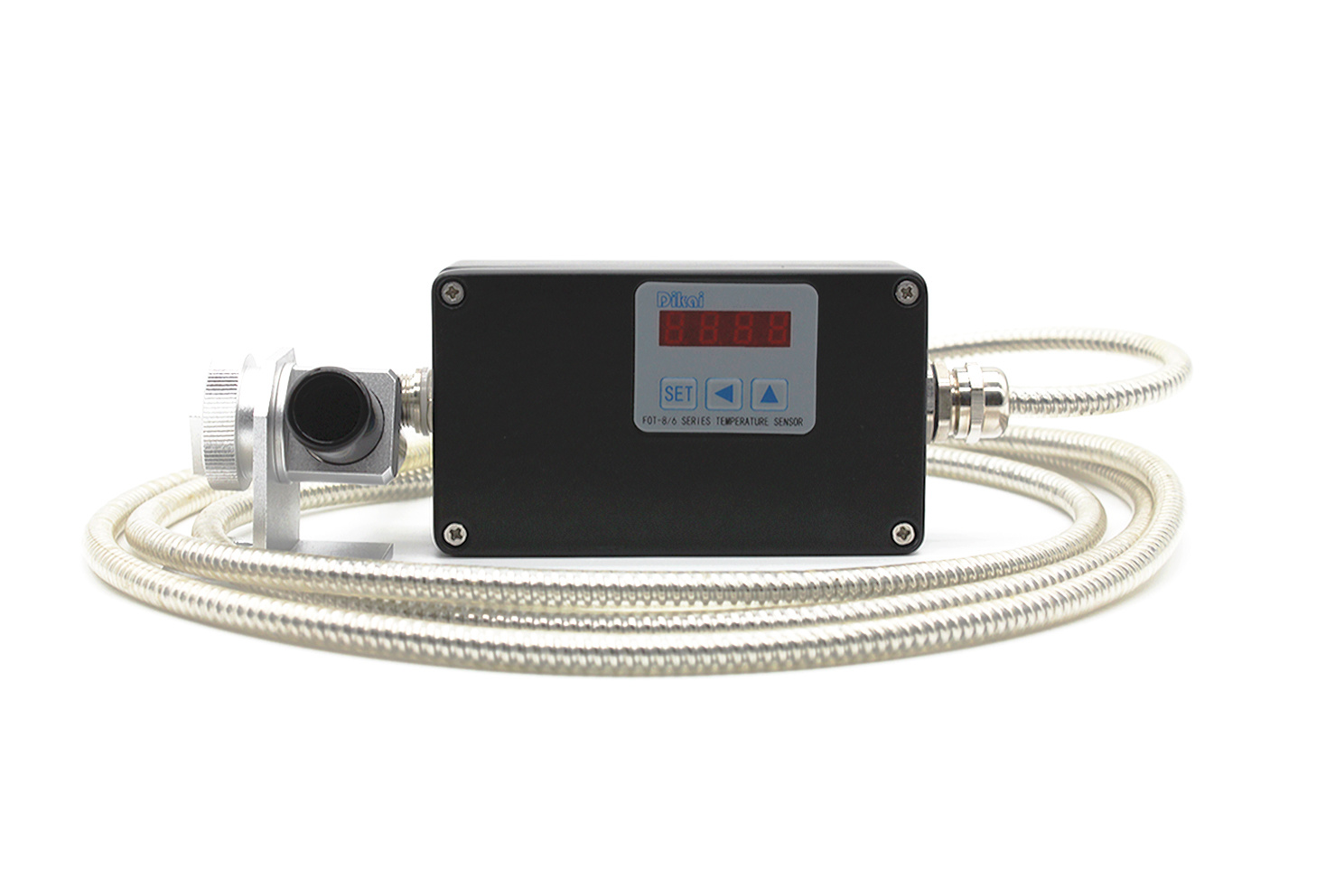News center
Laser controlled process in pyrometer
Semiconductor lasers allow for rapid modulation of laser energy, which is critical for fast machining processes using pyrometers for closed-loop temperature control.
First, compared to other types of lasers, semiconductor lasers convert energy directly into laser radiation. Semiconductor lasers allow for rapid modulation of laser energy, which is critical for fast machining processes using pyrometers for closed-loop temperature control. In polymer profile welding, fusion and heat treatment applications, pyrometer sensors can be integrated with process optics to detect coaxial thermal radiation from the process area.
Second, in order to avoid mutual interference between the pyrometer and the laser source, the sensitive wavelength of the pyrometer's detector must be different from that of the laser source. Most of the pyrometers used in material processing use highly sensitive detectors in the wavelength range of 1800 to 2100 nm, while the wavelength of semiconductor lasers is usually 810 nm or 980 nm.
In order to determine the absolute temperature of the process, some properties of the material, such as emissivity and surface properties, must be known. For most processes, however, these properties of the material are not determined. During soldering, for example, the state of the solder changes from solid to liquid and back again, so the optical properties of the solder also change.
Previous page
Previous page
Recommended news
RECOMMEND NEWS



